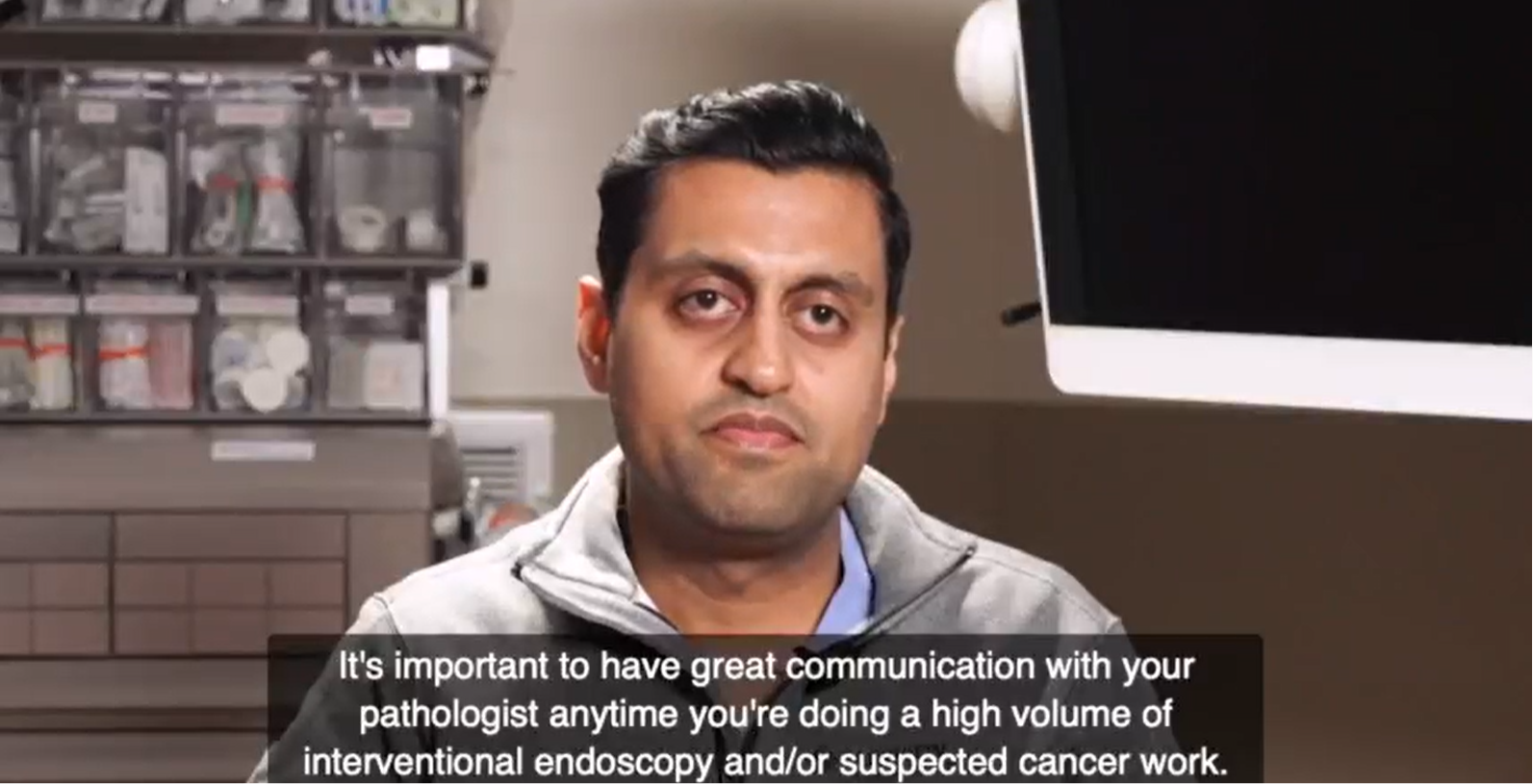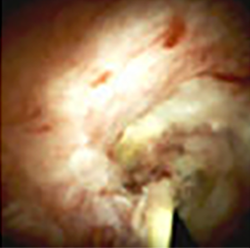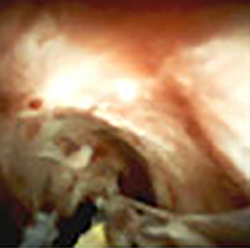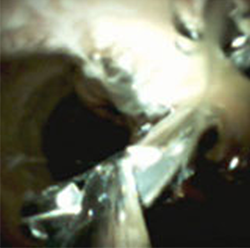SpyGlass™ DS II Direct Visualization System
featuring Sight Shield Technology
SpyBite™ Max Biopsy Forceps
SpyGlass™ Retrieval Basket
SpyGlass™ Retrieval Snare
SpyGlass DS II System & Autolith Touch Biliary EHL System
Boston Scientific and Northgate Technologies, Inc., work together to provide physicians and hospitals with access to the the Autolith Touch Biliary EHL System and accessories. All system components can be obtained directly from Boston Scientific, which provides an efficient ordering process, first-rate customer support and expanded options for stone management.
The Autolith Touch 1.9Fr., 375cm EHL probe is a single-use device to be used with the Autolith Touch EHL Generator. The EHL probe, when used with the SpyGlass II DS System, helps to manage large biliary stones.
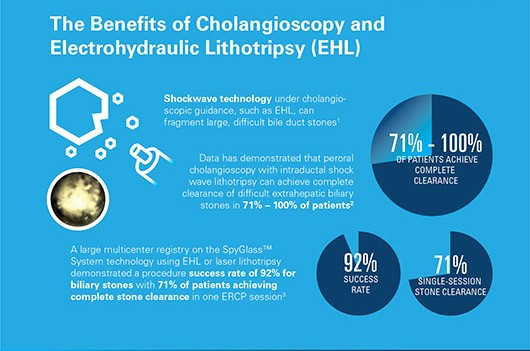
Stone Management
- Approximately 10-15% of biliary stone cases are considered difficult and cannot be treated effectively using standard ERCP techniques.2
- Direct visualization stone clearance using EHL has been shown to be clinically effective with demonstrated procedural success, with single-session stone clearance rates of 74.5%.1
- The SpyGlass™ Retrieval Basket is a durable 4-wire nitinol basket designed to grasp and remove biliary and pancreatic stones and stone fragments while maintaining its shape in a difficult anatomy.
- Achieving single-session stone clearance and reducing the need for a repeat procedure may deliver greater patient satisfaction and decrease additional procedural costs.
Stricture Management
- Performing biopsies under direct visualization using the SpyGlass DS System and Legacy SpyBite Biopsy Forceps enables faster, more accurate diagnosis of malignancies compared to cytology brushing3, 4.
- SpyBite Max Biopsy Forceps – a design enhancement to the Legacy SpyBite Biopsy Forceps - has been shown to acquire on average more than 2X tissue per bite5.
- In a clinical study of 289 patients, clinical management was altered in 85% of patients undergoing diagnostic ERCP with cholangioscopy, and the study showed high procedural success and high accuracy in helping to diagnose indeterminate strictures.6
- The SpyGlass Retrieval Snare is designed to efficiently capture and remove foreign bodies – such as migrated plastic stents – in the biliary and pancreatic ducts.
Dr. Neil Sharma presents: A Video Series on Indeterminate Biliary Strictures
Pre-procedure Planning and Diagnostic Modality Selection:
Biopsy Collection and Alternative Technique:
Pathology Considerations:
Facilitating Ablation Procedures
Presurgical Mapping
Ordering Information
| Order Number | Description | Cable Diameter (in/mm) | Jaw Outer Diameter (mm) | Working Length (cm) | Required Endoscope Working Channel (mm) |
| M00546470 | SpyBite Max Biopsy Forceps | 0.039 / 1.0 | 1 | 286 | 1.2 |
| M00546550 | SpyGlass Retrieval Basket | 0.039 / 1.0 | n/a | 286 | 1.2 |
| M00546560 | SpyGlass Retrieval Snare | 0.039 / 1.0 | n/a | 286 | 1.2 |
| Order Number | Description |
| M00546620 | 1.9 Fr., 375cm Biliary EHL Probe |
| Order Number | Description |
|---|---|
| M005466800 | Autolith Touch EHL Generator |
| M00546750 | Autolith Touch Extender Cable |
| M00546760 | Autolith Touch Foot Pedal |
Physician & Patient Resources
* The effectiveness of ablation with the Habib EndoHPB Catheter for use in the treatment of pancreatic or biliary cancer or pancreatic or biliary disease (i.e. improved clinical outcomes) has not been established.
1. Brewer Gutierrez OI, et al. Efficacy and Safety of Digital Single-Operator Cholangioscopy for Difficult Biliary Stones. Clin Gastroenterol Hepatol. 2018 Jun;16(6):918-926.e1.
2. Parsi et al. Endoscopic management of difficult common bile duct stones. World J Gastroenterol 2013; 19(2): 165-173
3. Shah et al. Performance of a fully disposable, digital, single operator cholangiopancreatoscope. Endoscopy 2017; 49: 651–658.
4. Navaneethan U, et al. Comparative effectiveness of biliary brush cytology and intraductal biopsy for detection of malignant biliary strictures: a systematic review and meta-analysis. Gastrointest Endosc. 2015 Jan;81(1):168-76.
5. Twenty-five physicians acquired samples in a simulated clinical environment with ex-vivo porcine tissue using both Legacy SpyBite and SpyBite Max Biopsy Forceps. Acquired tissue samples were measured and compared. Bench Test results may not necessarily be indicative of clinical performance. The testing was performed by or on behalf of BSC. Data on file.
6. Ramchandani, Mohan K. et al. Tu1412 Single Operator Cholangioscopy for the Evaluation and Diagnosis of Indeterminate Biliary Strictures - Results From a Large Multi-National Registry. Gastrointestinal Endoscopy, Volume 85, Issue 5, AB615.
7. Tyberg A, et al. Digital Pancreaticocholangioscopy for Mapping of Pancreaticobiliary Neoplasia: Can We Alter the Surgical Resection Margin? J Clin Gastroenterol. 2019 Jan;53(1):71-75.
All photographs taken by Boston Scientific
BSC's Legacy SpyBite Biopsy Forcep device has reached end of life and is not commercially available.
Caution: U.S. Federal law restricts this device to sale by or on the order of a physician. Indications, contraindications, warnings, and instructions for use can be found in the product labelling supplied with each device or at www.IFU-BSCI.com.
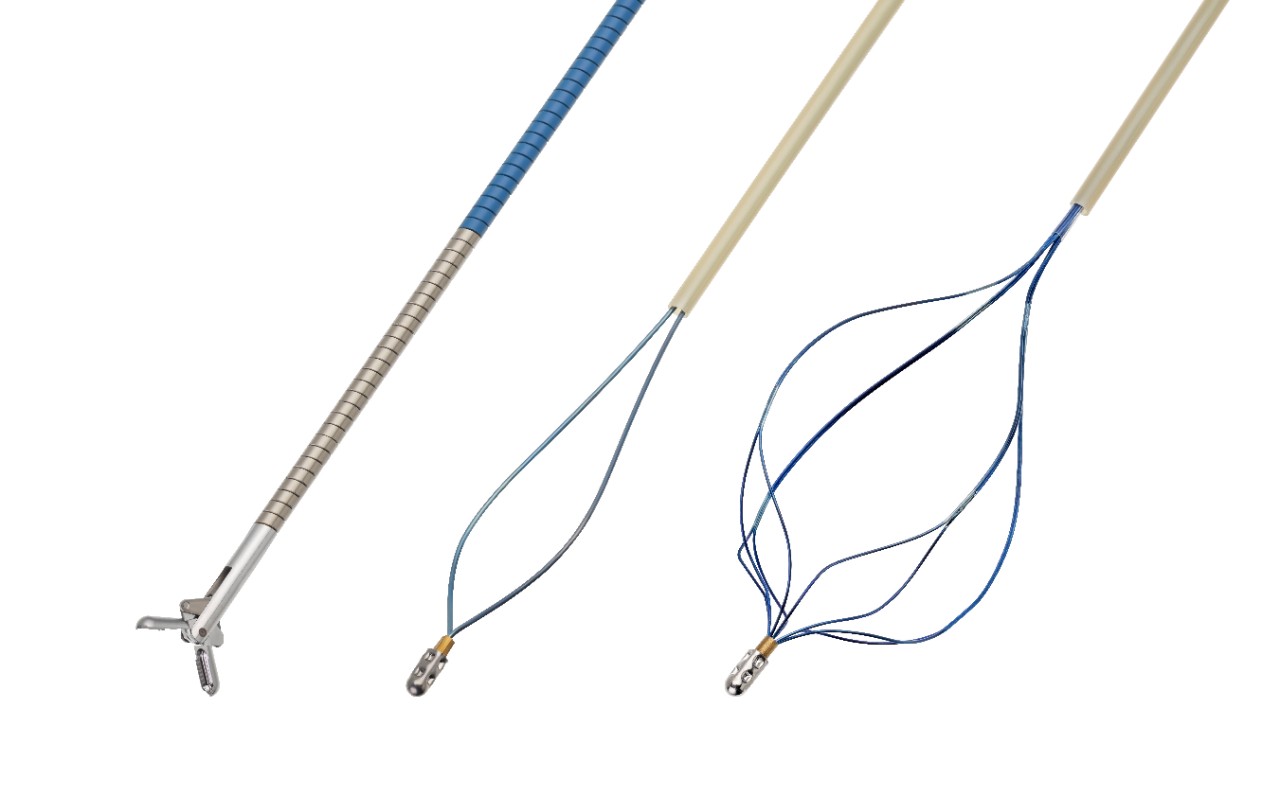
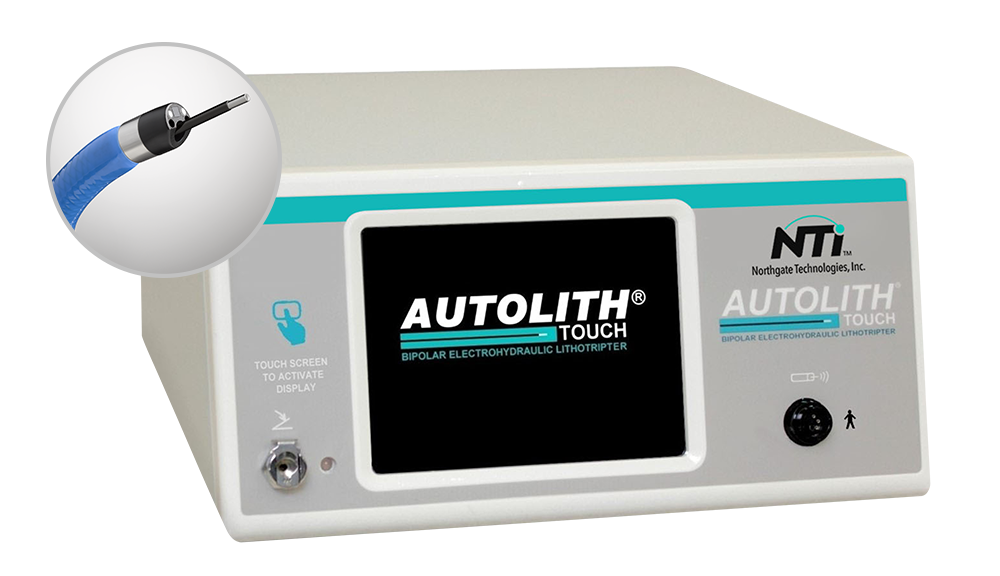
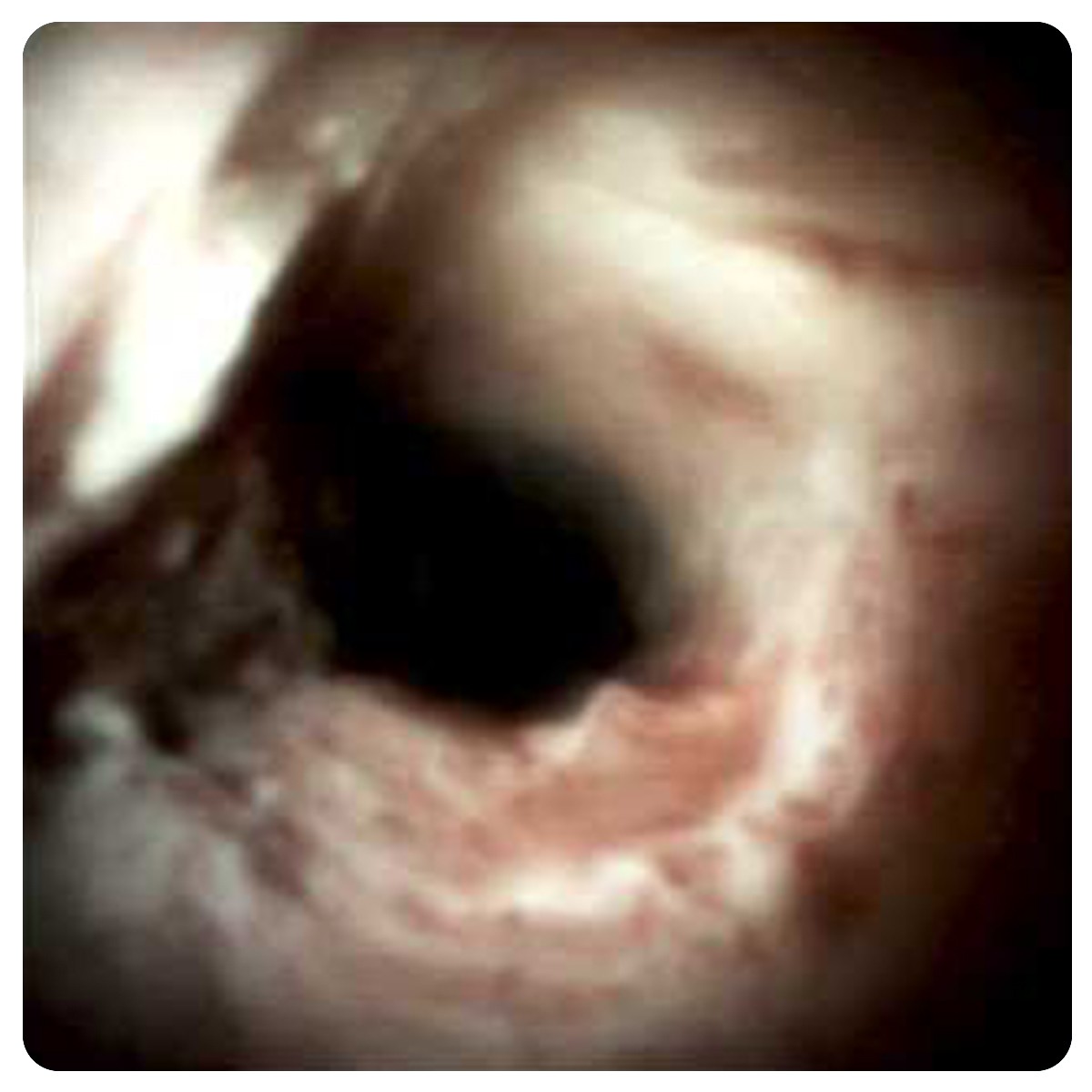
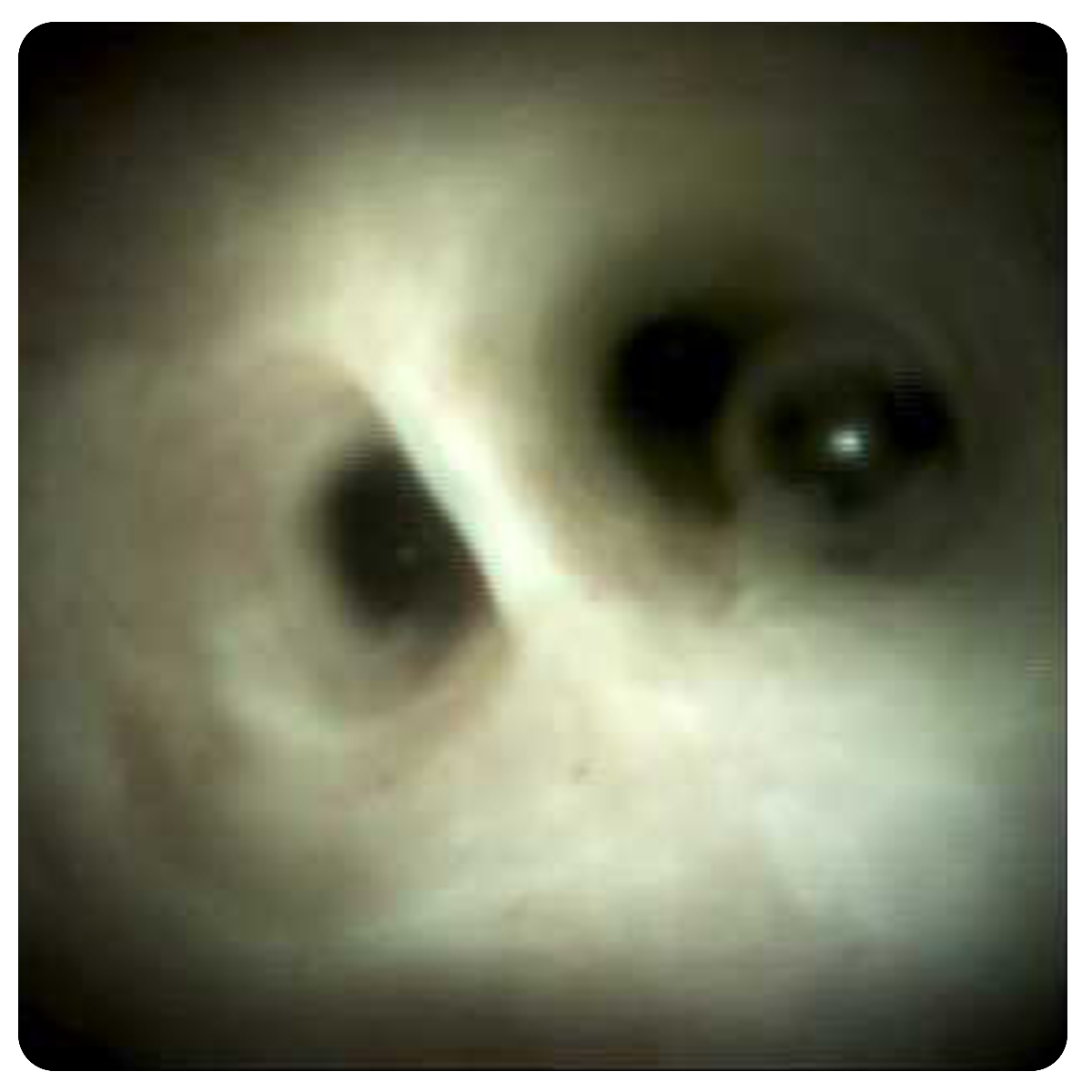
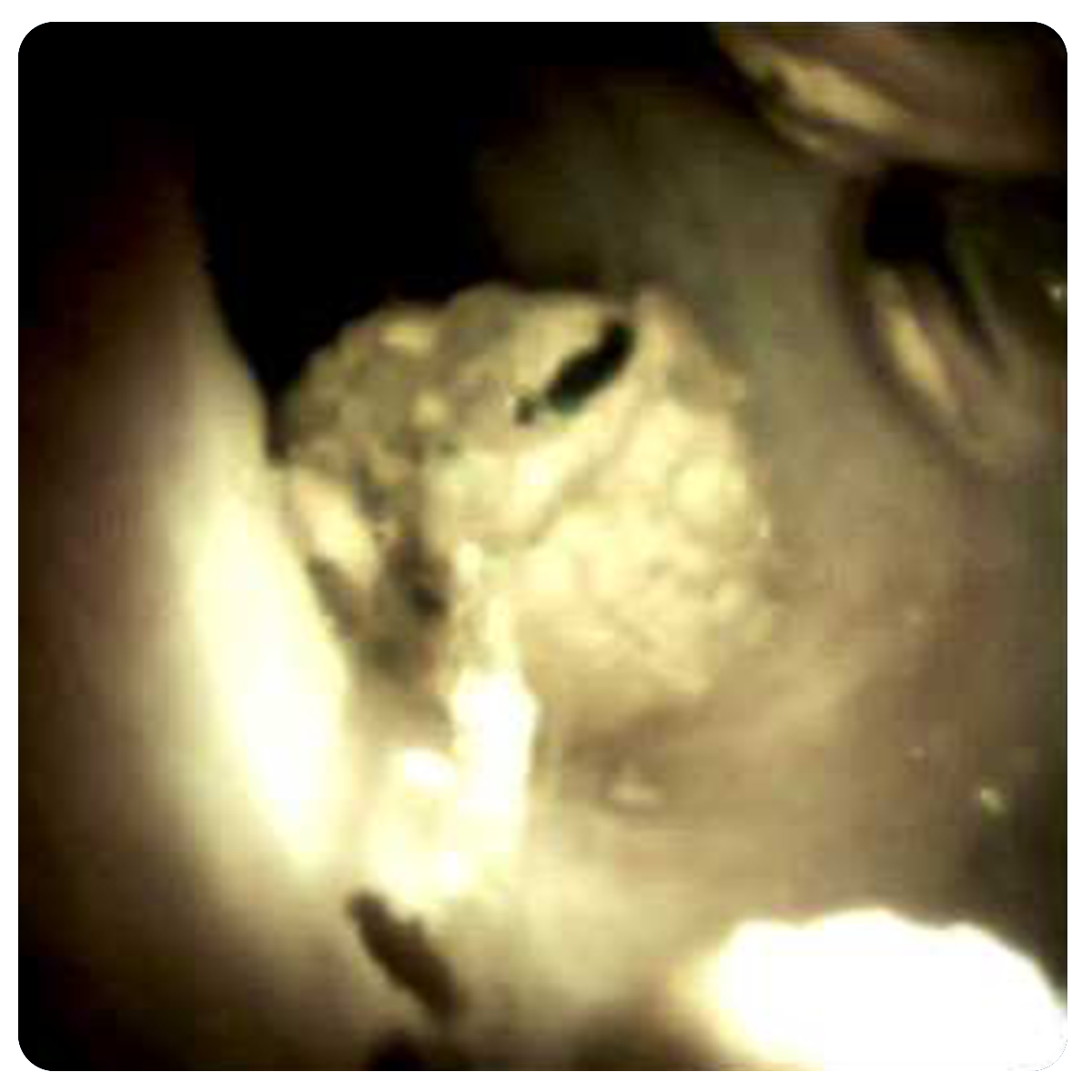
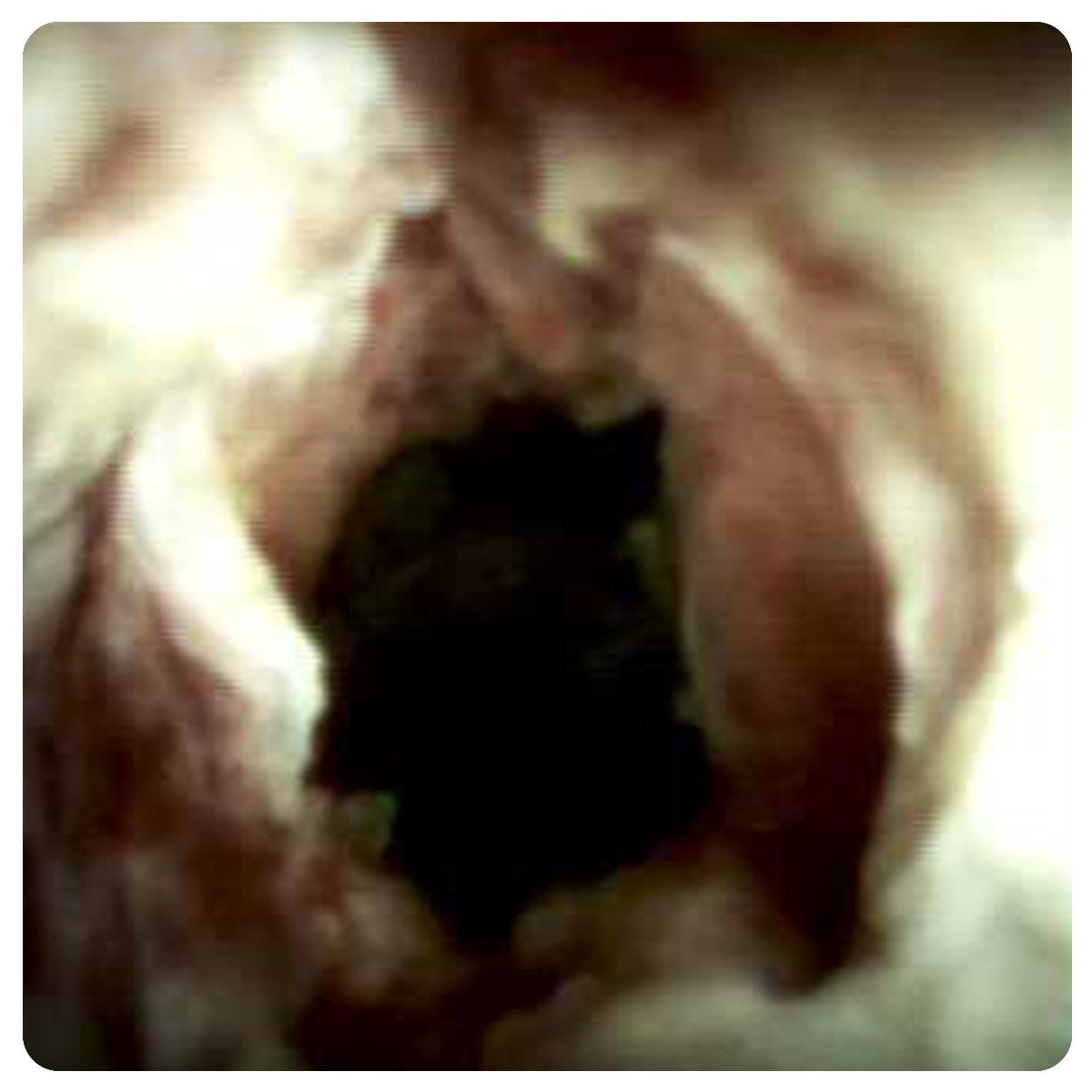
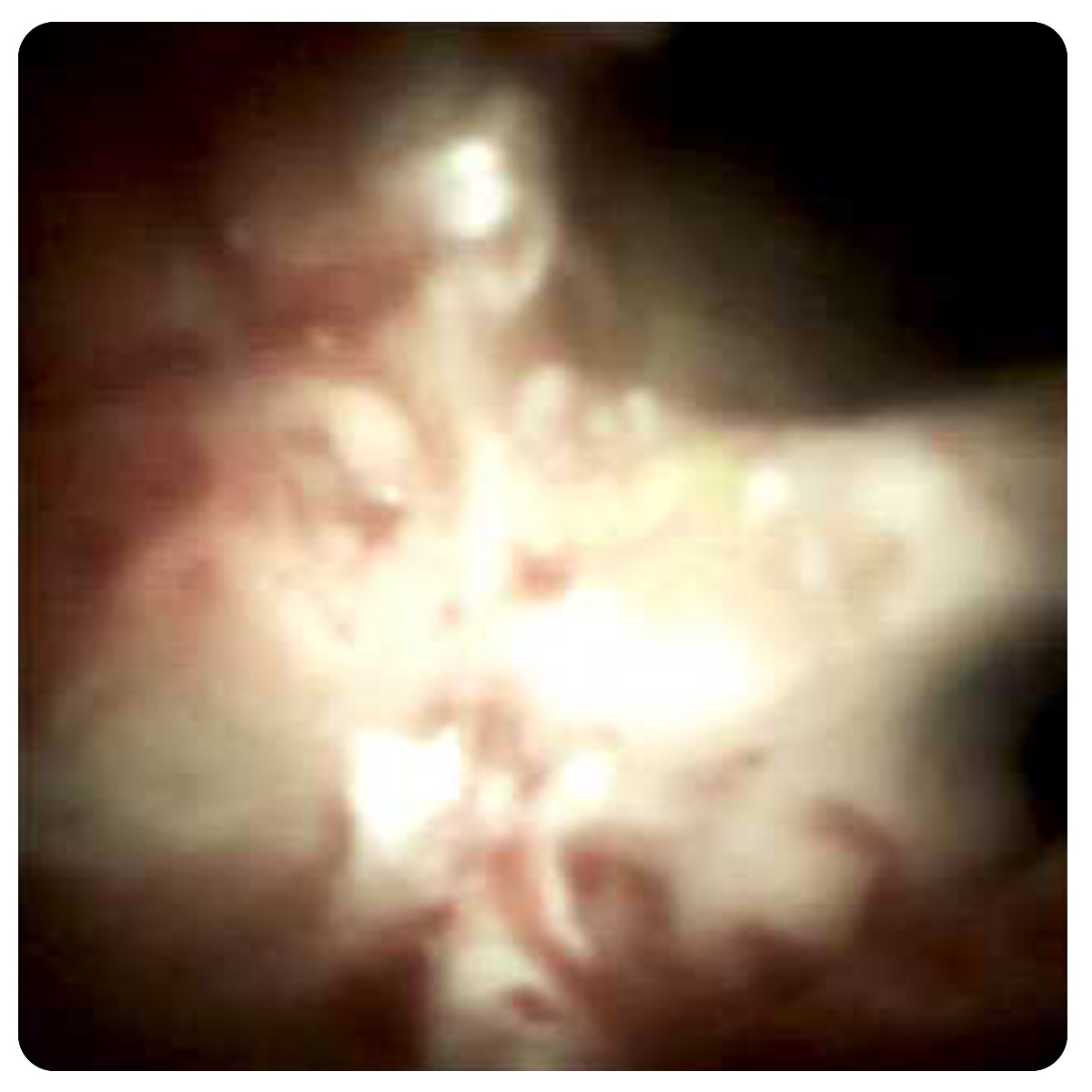
.jpg)
